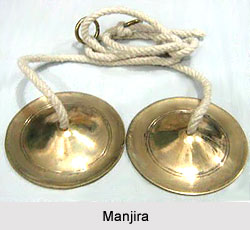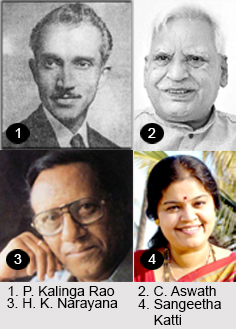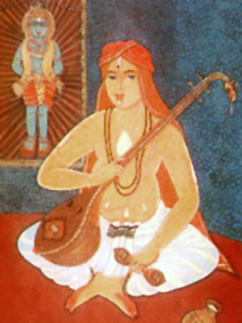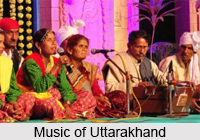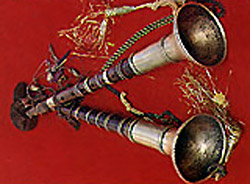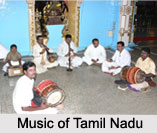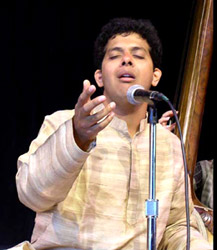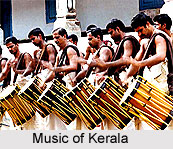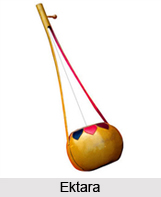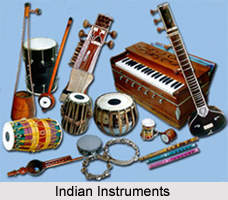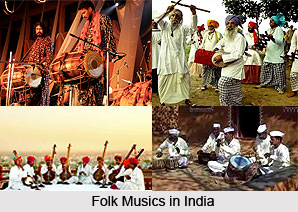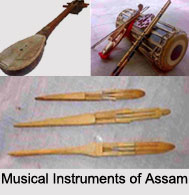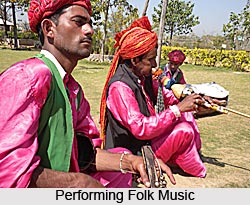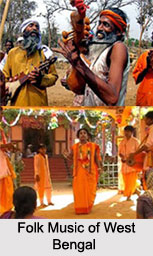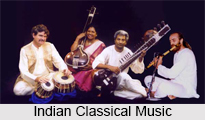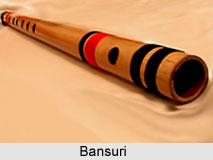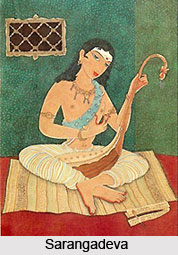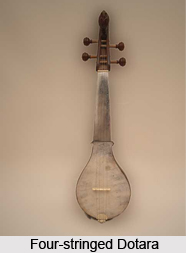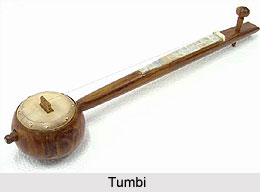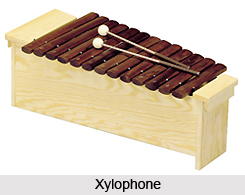Gamaka is considered to be the most challenging as well as the most important ornamentation technique in Hindustani vocal music. It has been referred to it in the old scriptures as the Alankara of music. Gamaka is created when a short vibrating sound is produced with brief oscillating movements with the given Swar as its mid point of the vibrations. Gamakha are of different types that have been described below:
Vali
Vali is considered to be a type of Gamakha which, when employed produces a glimpse of a note that is at least three or four notes away from the starting note. Obviously, the oscillations here are much wider and the length of time is also more than those that are used in the other forms of Gamakha. It is said that this form of Gamakha was especially evolved for a special Indian instrument called Veena, where the strings were very long yet flexible to produce this ornamentation on them. Later, it gained popularity with all other instruments and also the vocalists.
Ahat
Ahat Gamakha is widely used in Hindustani music tradition. It starts at a note with an immediate strike at the very next note and then coming back to the first note.
Tirippa
Although a lot more popular and in practice in Karnatak music tradition, Tirippa Gamakha is an ornamental phrase used in vocal music in Hindustani music tradition as well. It is called `Murki` in Hindustani tradition. It is sung continuously in a fast pace with one note higher and one note lower than the starting note.
Tripuchha
This Gamakha is like a shake in a note, the shake is limited to only one single note. It is more popular during the presentation of a light classical vocal genre called `Thumri` of Hindustani music tradition.
Andolita
The technique of employing Andolita Gamakha is achieved by softly gliding back and forth between any two adjacent Swar as if to create a swing between these two Swar. This specific movement on the swaying of the Swar is called `Andolan`, a Sanskrit word meaning swing.
Plavita
A colloquial and popular term for Plavita Gamakha is `Meend`. Meend is considered to be one of the most valuable ornamentation techniques during the improvisation of a raaga in Hindustani music tradition. While singing or playing an instrument when a musician stretches one swar to as far a distance as possible very gently and softly, touching all the shruti in between the two Swar, it is called taking a Meend on that particular Swar. Meend is known to add beauty and finesse to the music performance. One mandatory requirement while employing this ornamentation technique, however, is that the gliding or sliding along the Swar must be along only those Swar that are present in the featured Raaga. If a musician touches the Varjya or Vivadi Swar while taking a Meend, Gamakha requires not only a fertile imagination of a musician but also a tremendous practice and control over the art of improvisation.
Ullahsita
A colloquial and popular term for Ullahsita Gamakha is `Ghasita`. Ghasita is considered to be an equally beautiful ornamentation technique during the improvisation of a Raaga in Hindustani music tradition. While Plavita or Meend is done in an ascending order, Ullahsita or Ghasita is done mainly during a descent of notes. Closest to this Gamakha would be a western Glissando.
